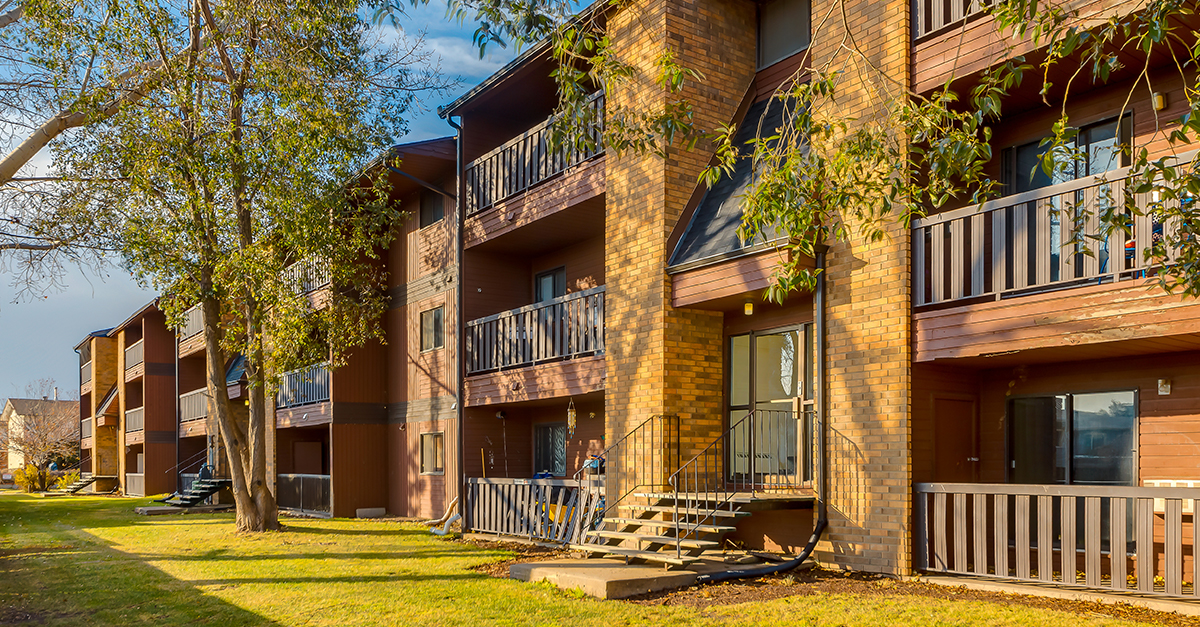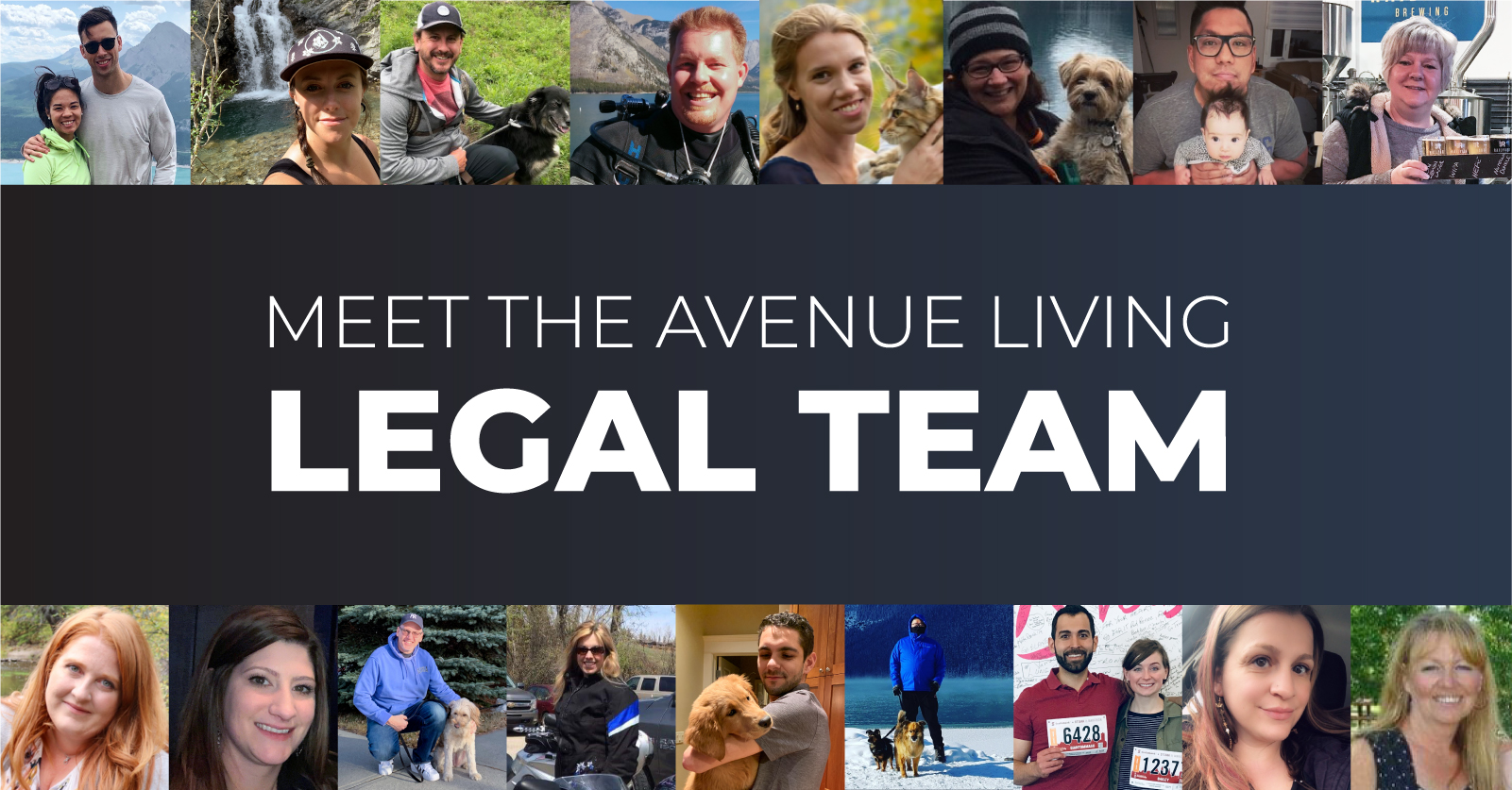Healthy and vibrant community space and “age-friendly” buildings are a necessity for supporting older Canadians as that segment of the population continues to grow. Age-friendly properties are aimed specifically at the age 55+ demographic, and they are designed to promote independent living through a home that supports physical and social wellbeing. In Lethbridge, through our capital expenditure and repositioning of the Westwinds complex, Avenue Living has refurbished and refreshed a building to create a safe, bright, and welcoming community for age-friendly living.
Graeme Mitchell, Regional Vice President, highlights that Avenue Living doesn’t just buy buildings, we improve, reposition, and repurpose buildings in the market — taking health, transportation, community, safety, connections, finances, amenities, and supports into account.
“The concept is to make safe, affordable living spaces that are light and bright. It is a friendly environment from the moment you walk up to the building,” Graeme said. “It’s somewhere you would want to live if you’re an older resident. What we find with a lot of these residents is usually it’s their children who are helping them find a new home. So, if you want to put your parents in these suites, you can do so with the knowledge of their comfort and happiness, and knowing it is where you would want to bring your grandchildren to visit.”
Avenue Living’s platform gives us access to a range of experts, including those who helped us make the right improvements to ensure we serve this demographic well. We have increased accessibility within each unit via raised toilets, grab-bars in bathrooms and showers, and an oven shut-off in the case of a fire. The four-story building also has two elevators, helping to ensure accessibility for those with mobility challenges.
“There’s a mixture of suites available that have our new laminate flooring, and we are also keeping some with carpet because in an age-friendly community or complex, some people have wheelchairs or walkers and find laminate flooring slippery,” said Graeme. “We want to make sure we have a variety of options for potential residents to choose from.”
“We’ve been working on this strategy for the last few months. We were lucky to get a few of the suites renovated with these features before the residents moved in,” Graeme said, mentioning that if a resident moves out, Avenue Living renovates the space into an age-friendly unit. There has also been focus on the exterior of the building. “We have painted the exterior and balconies Avenue Living Communities green and added more exterior lighting to the front and back of the building. If you drive by Westwinds, it is the lit-up building on the street now and it really stands out,” says Graeme.
The property also had a large carport in the back of the building, which has since been removed to open the area up, making it more inviting for residents. Additionally, new grass is being added, as well as ornamental trees. For a fun and interactive way to bring people together, we will be changing the name of the building, and are involving the current residents in that process.
“We’re going to be engaging with residents and asking them for their input and having a contest to rename the building,” Graeme said.
This project, like others, shows Avenue Living’s commitment to affordable, safe, and comfortable living spaces. People never feel like they’re alone in Avenue Living complexes. There is a lot that goes into deciding how to accommodate all the aspects of age-friendly living, from research to coordinating teams. Graeme said David Porter, Senior Vice President for Southern Alberta, was the big driver behind the reposition. “He was in my position as RVP before he was promoted to SVP and I took over his region. He’s overseen the project and given me leadership I needed to push this to the next level. It has been a full team effort.”
Westwinds and its repositioning is also acting as a template for Avenue Living to follow for implementation in other communities. “Our vision of this project is to convert buildings in other markets into age-friendly communities,” Graeme said.
“We saw this renovation as an opportunity to help the community of downtown Lethbridge by repositioning and investing in this asset. Not only is it going to help the building and Avenue Living, it’s really going to help the whole block. The building is close to all major amenities, pharmacies, shopping centres, grocery stores, and transit. Its location makes it ideal for the demographic we are looking to serve here.”
This project has not only a tremendous investment for Lethbridge, but a good opportunity for us to test transitioning select properties into age-friendly communities, using Westwinds as a model.
This commentary and the information contained herein are for educational and informational purposes only and do not constitute an offer to sell, or a solicitation of an offer to buy, any securities or related financial instruments. This article may contain forward-looking statements. Readers should refer to information contained on our website at www.alamstg.wpenginepowered.com for additional information regarding forward-looking statements and certain risks associated with them.





